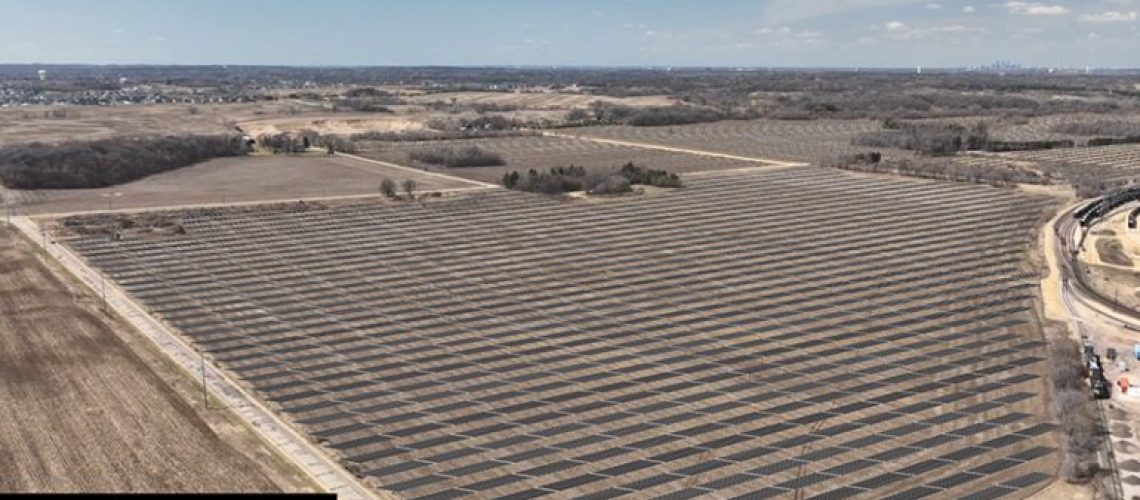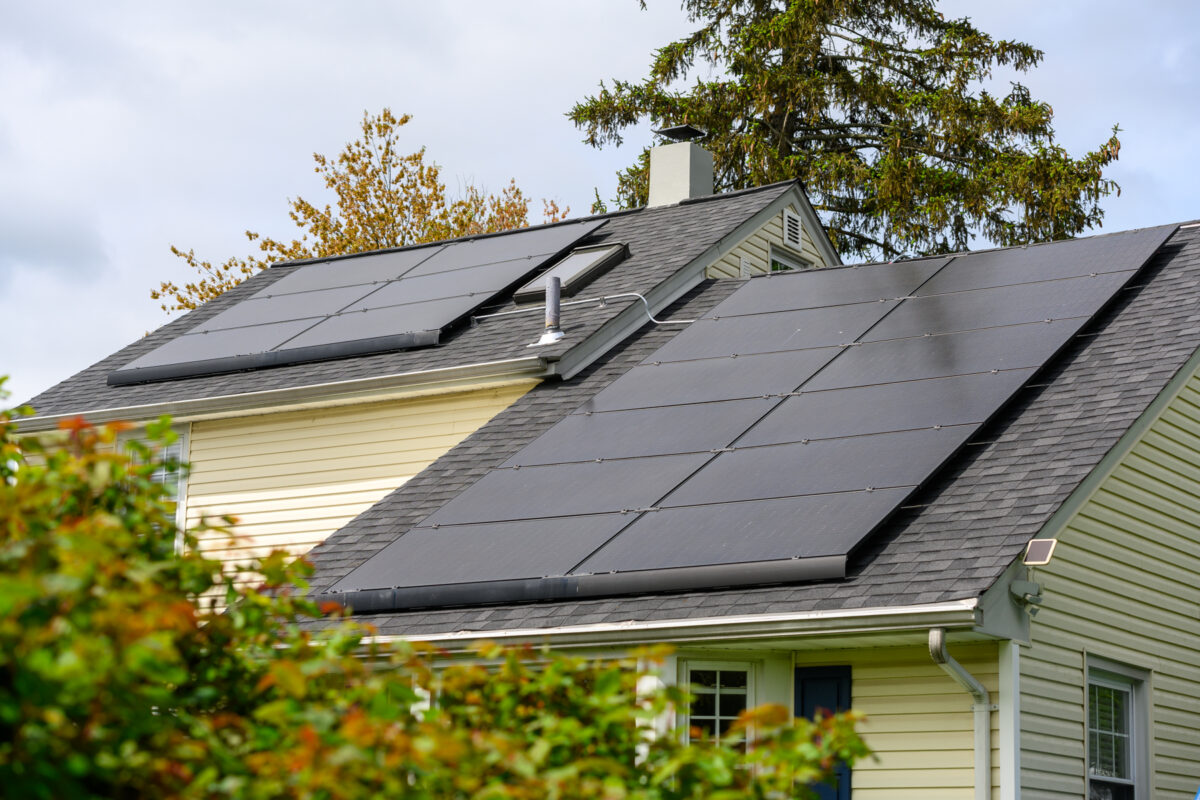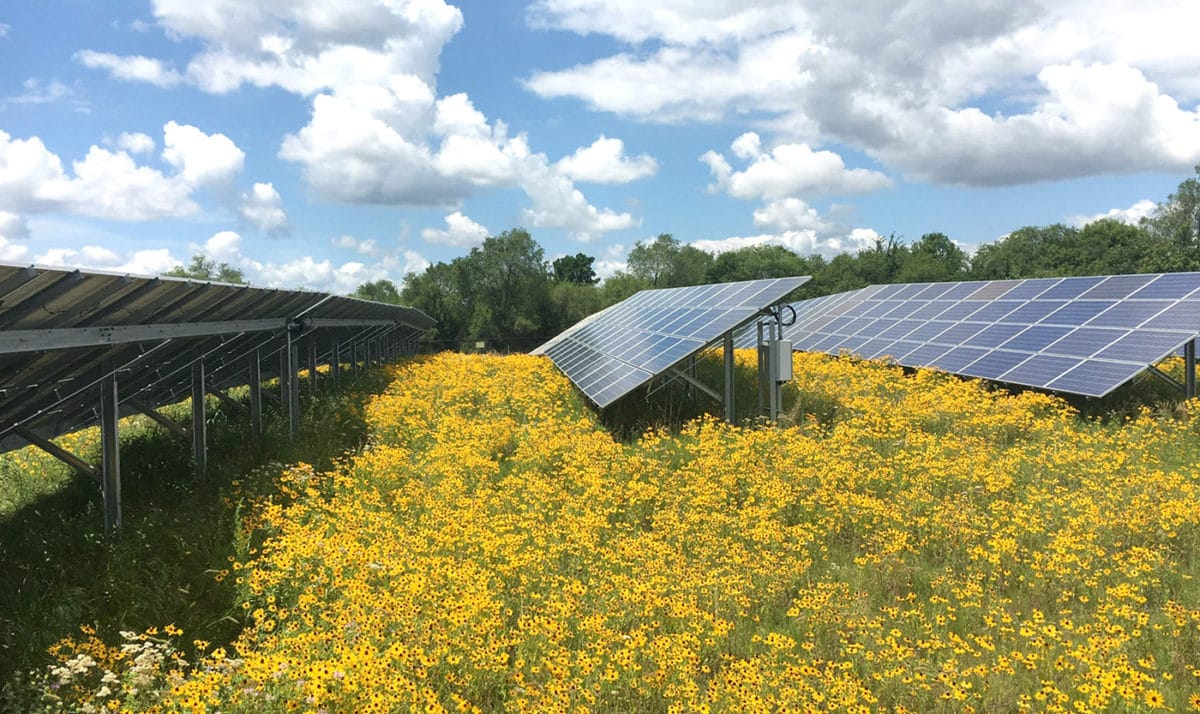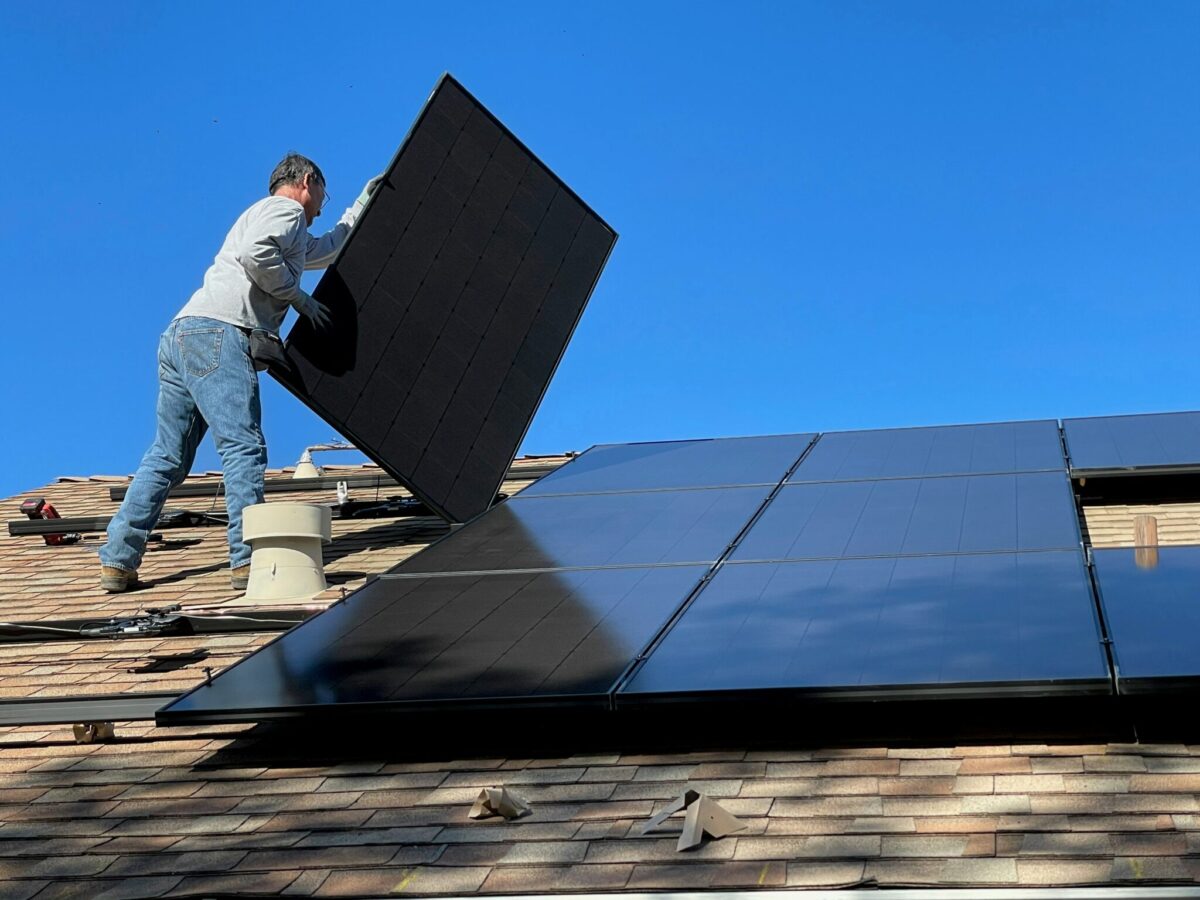DEPCOM Power was contracted to build a 45-MW solar installation for Flint Hills Resources to power the company’s Pine Bend Refinery in Rosemount, Minnesota. The refinery supplies Minnesota and the Upper Midwest with gasoline, diesel and jet fuel, heating fuels, asphalt, fertilizer and the chemical-building blocks used in thousands of everyday products.
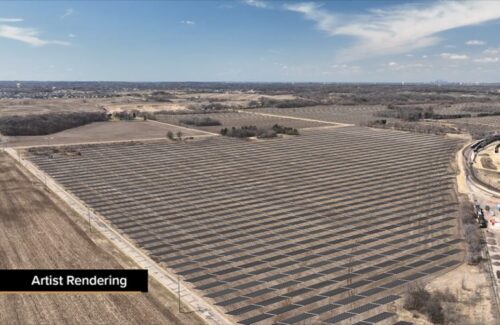
An artist rendering of the solar project at Flint Hills Resources’ Pine Bend Refinery in Rosemount, Minnesota. DEPCOM Power
The solar installation will include at least 100,000 panels and connect directly to the refinery operations.
“With this project, we are improving our ability to provide the fuel people need in a way that will allow us to be more competitive today and well into the future,” said Jeff Ramsey, president and CEO of Flint Hills Resources. “Our refinery operations are among the best in the world, and we continue to innovate and find new and better ways to produce and deliver the fuel and other petroleum-derived products that remain essential to the economy and modern life.”
The Flint Hills Resources solar installation will be located on approximately 300 acres of the company’s property adjacent to the Pine Bend refinery complex in Rosemount. The facility’s expected solar energy production is enough electricity to power more than 8,400 homes per year and has a peak capacity of roughly 30% of the refinery’s power needs during optimal conditions.
“This is an extraordinary project and exciting opportunity to demonstrate how solar can be seamlessly integrated into a large industrial facility with a high, consistent power demand, reliably and at a lower cost than conventional, retail power,” said Justin Bloch, president of solar at DEPCOM. “You don’t often see utility-scale projects for a single facility and while this may be the first project of its kind at this scale, it won’t be the last. Distributed solar generation is proving to be a competitive and reliable source of power for many energy-intensive industries.”
The Flint Hills Resources solar installation will be the company’s second source of on-site power generation following the completion of its combined heat and power system in 2019, which provides about 50 MW of electricity. On-site electricity generation avoids the energy losses associated with long-distance transmission, transformation and distribution of utility supply.
News item from DEPCOM Power


